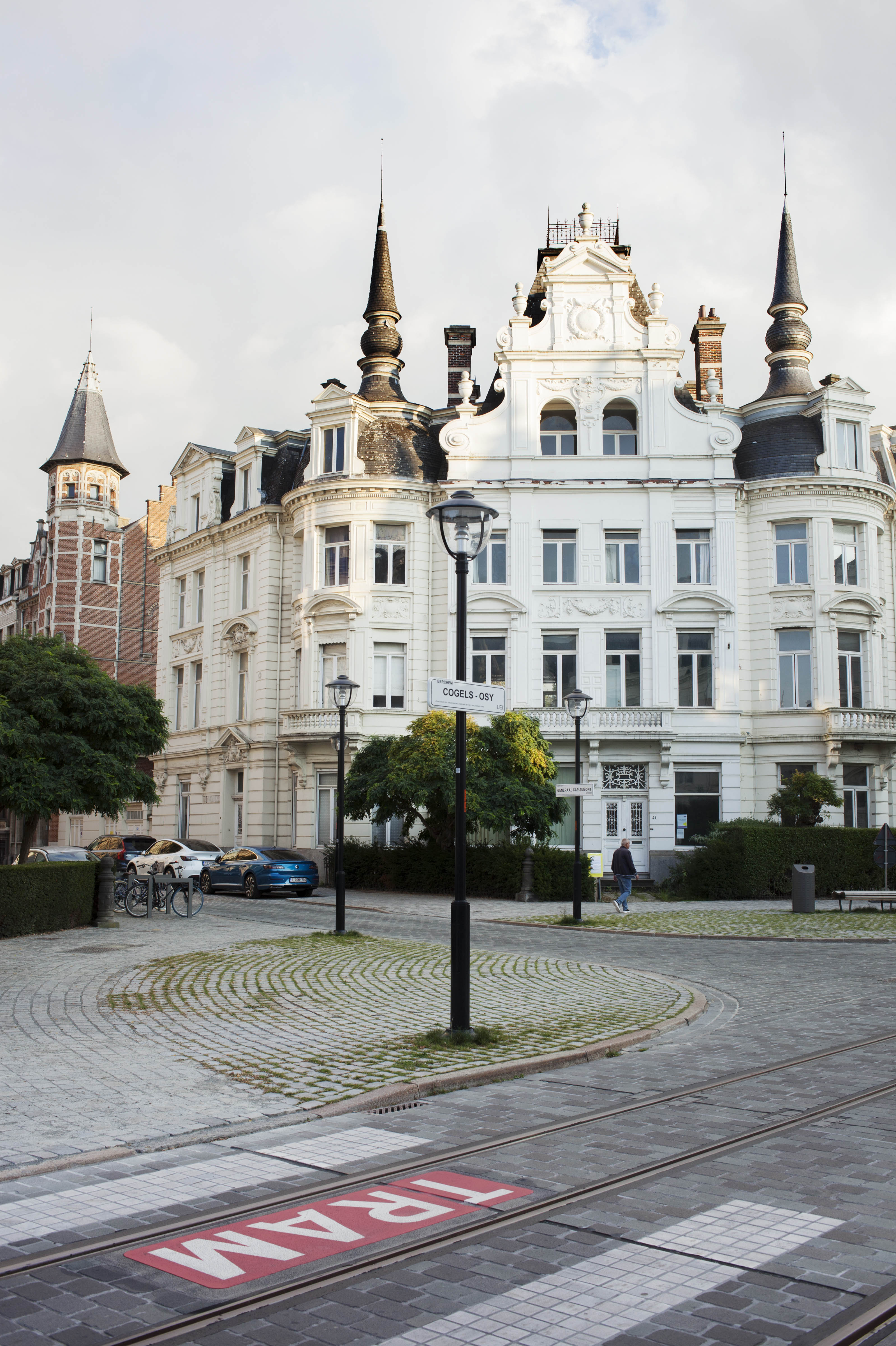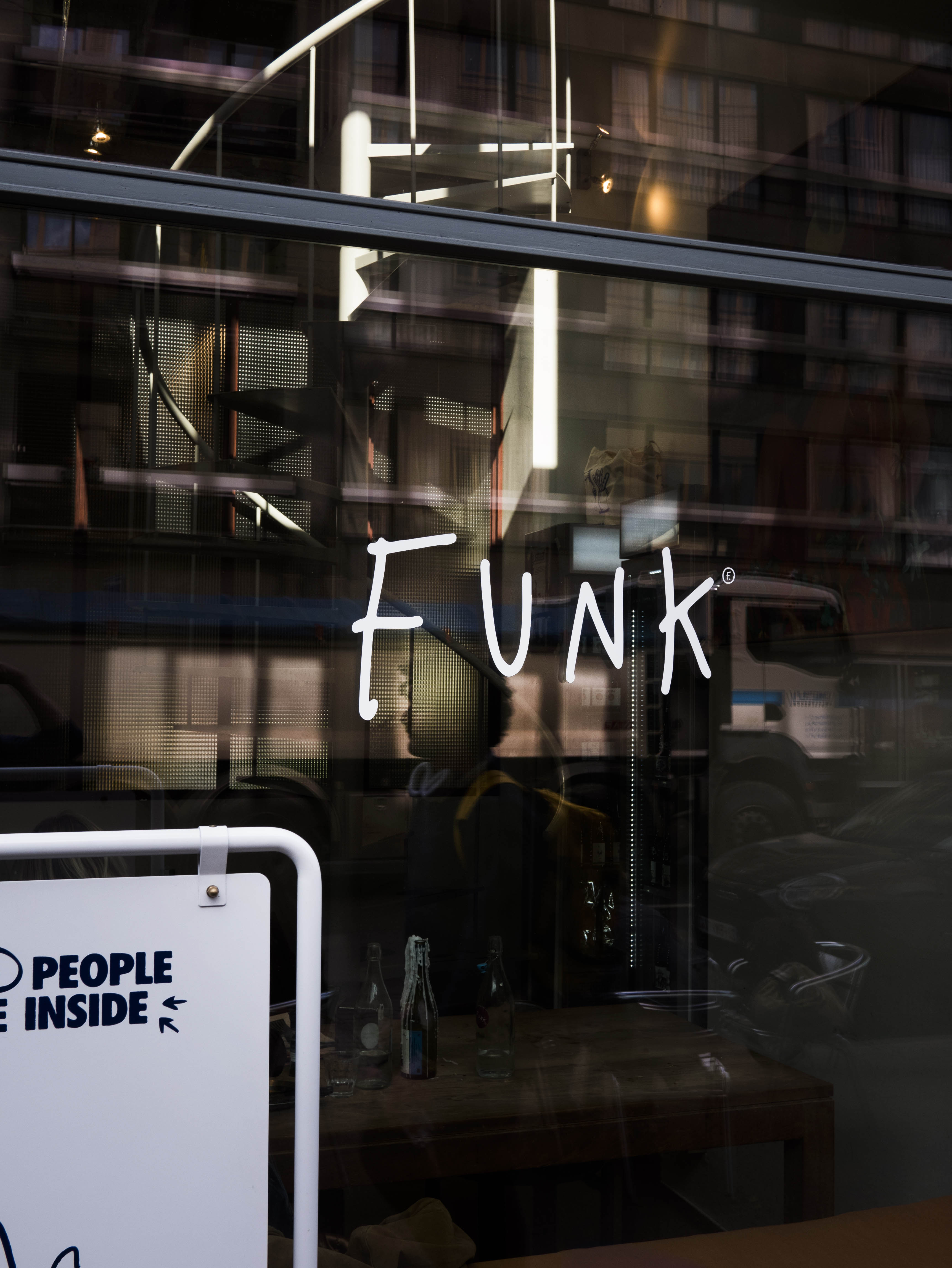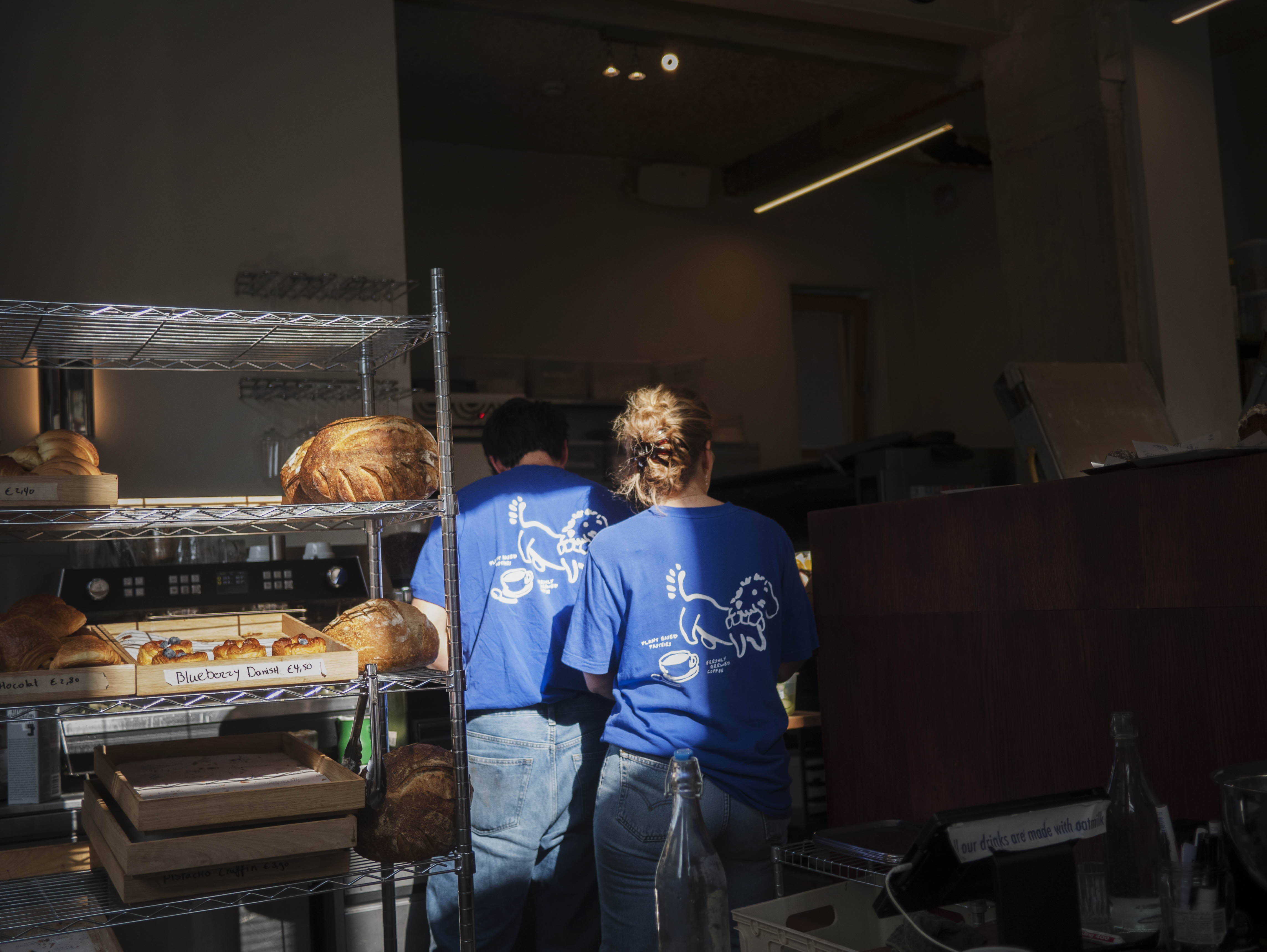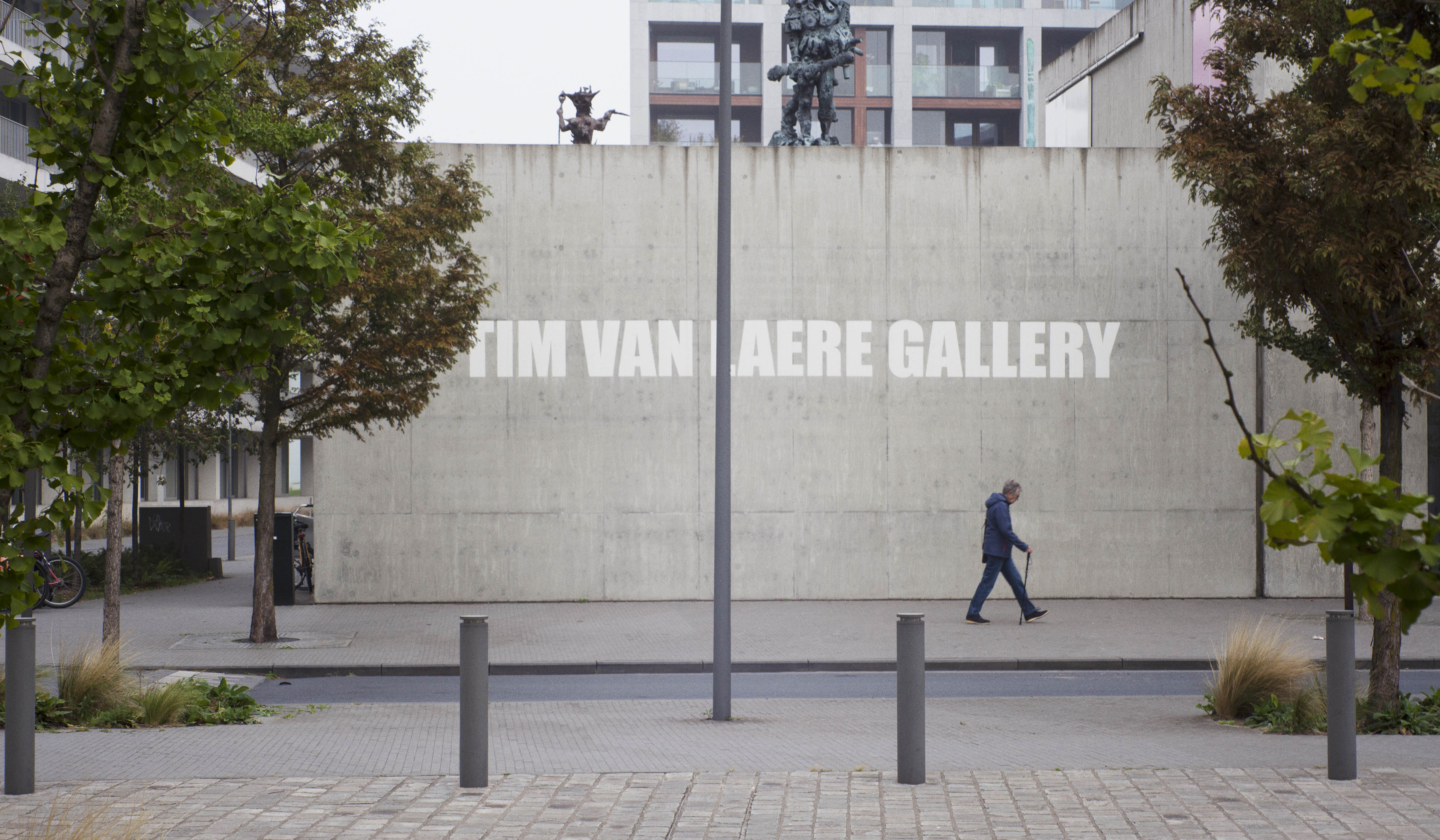Photographs by Michael Thomas Jones
I first visited Antwerp, Belgium’s second-largest city, on a work trip. Truthfully, I felt slightly underwhelmed at the prospect. Friends with first-hand knowledge proclaimed Ghent to be charming, Bruges magnificent and even Brussels to be deceptively vibey underneath the hefty weight of its bureaucratic façade. But Antwerp – aside from diamonds, gold and a disconcertingly massive port – remained a blank.
This changed on first contact with Antwerp Central, the city’s magnificent main train terminus, a multi-storeyed behemoth with a gloriously over-the-top neo-Baroque frontispiece. The slightly dowdy mid-sized city I’d expected did not materialise. Instead, over the next few days, I familiarised myself with something much grander. Whatever free time I had was spent wandering the compact centre, cooing appreciatively at the 16th-century city hall and spending an afternoon at the recently renovated gardens at the Rubenshuis, a lovingly preserved townhouse and shrine to the work of the great Flemish artist Peter Paul Rubens.
In between interviews, I marvelled at the stream of well-dressed 30-somethings drinking outside stripped-back bars and cafes in the self-consciously trendy, post-industrial surrounds beyond the city centre. For those who pay attention to such things, the past few years have witnessed the hardening of a consensus: Antwerp is decidedly cool. I knew I had to return.

Parallel lines: the city centre blends high Flemish style with vivid bursts of modernism
And that’s precisely what I did, spending two and a half days in the city in mid-September, this time with my partner in tow. We stayed at the Botanic Sanctuary Antwerp, a luxe, converted 15th-century convent inside the city’s botanic gardens. Over steak and negronis at Henry’s Bistro (one of several high-end on-site options) I asked our waiter for his take on the city. His recommendations skirted over the obvious. There was no mention of the perpetually booked-out Michelin-starred Misera or its presiding visionary Nicolas Misera (nearby Bar Misera, a Parisian-style bistro, at least theoretically offers walk-ins) or Cobra, the buzzy venture from Esfan Eghtessadi, co-founder of “affordable luxury” brand Essentiel Antwerp. Our attentive guide instead explained that the city centre was well and good, but it was the south we’d really want to explore.
And so that’s precisely where we plotted up the next morning. The legacy of the Antwerp Six, the 1980s avant-garde fashion collective that included Dries Van Noten and Ann Demeulemeester, looms large in the city, and Sint-Andries has a good claim to being the city’s main fashion hub. We take the area, bustling with weekend shoppers, street by street: Nationalestraat and Kammenstraat for fresh names and local designers; Schuttershofstraat for high-end luxury. Dries Van Noten’s flagship store can be found in Het Modepaleis (“fashion palace”), a listed 19th-century building with distinct Wes Anderson undertones. From there, La Collection is a few hundred yards away, home to Florence Cools’s minimalist staples, while continuing on to Volkstraat will take you to buzzy recent additions like Birrot and Lié Studio. We also had some luck vintage shopping, nabbing a couple of pristine Ralph Lauren shirts at Labels Inc and Rosier 41, where local designers came mingled with decently priced Burberry classics.
But man cannot live on tasteful boutiques alone. Antwerp is also home to an embarrassment of top-tier restaurants and cafes. Fifteen Michelin-starred restaurants in a city of 550,000 puts it up there with the heaviest of hitters. Few are as enduringly buzzy as The Jane – a high-concept, local-produce offering set in the deconsecrated chapel of a former military hospital, and run by star Dutch chef Nick Bril. Mercifully, the city isn’t merely the preserve of the wallet-punishingly high-end – Kuthun is a reliably authentic Tibetan spot, long beloved by Antwerp natives.

Bakkerij FUNK: artery-nuking pastries in a sleekly stripped-back cafe
In Sint-Andries, Bakkerij FUNK had come well recommended. The wine-bar-meets-bakery serves inventive artery-nuking pastries in a sleekly stripped-back cafe, the style of which will be familiar with the trendier districts of Berlin or Amsterdam. There was no lack of punters in distressed denim and perilously thin-framed sunglasses waiting for their almond croissants during both our visits. Coming at the weekend usually means a queue; our Saturday morning wait was redeemed by the quality of the salmon brunch. A 15-minute walk later, more baked treats, this time at Leo Antwerpen, with its sugar-coated bundt cakes.
There are ample natural-wine bars in Antwerp (try Het Archief and Bar Brut). But in search of something more quintessentially Belgian, we become acquainted with an array of Antwerp’s distinctive “brown bars” (in vibe and genuinely diverse clientele, perhaps the closest equivalent to the British pub to be found outside of the UK). In Zurenborg, we hop from Zeezicht to Cafe Moeskop offering cosy nights out with extensive beer selections. At MoMu, the city’s must-visit fashion museum, the newly-opened GIRLS exhibition (on until February 2026) is worth visiting, and round the corner is Café Barries, a small, unobtrusively cool brown-bar with a slightly younger clientele, with its own vast, if more manageable, selection of local beers. We managed to squeeze ourselves onto a table outside for a couple of ice cold lagers and a bout of people-watching.
Antwerp is a walking city: despite the excellent public transit, its more fêted areas are never much more than a half-hour stroll from its historic core, with its blend of high Flemish style and vivid bursts of modernism. This is true for Sint-Andries to Borgerhout – an unpretentious multicultural neighborhood home to Antwerp Zoo, as well as the superb red-brick-and-glass modernist MAS (Museum aan de Stroom). Borgerhout is also home to De Roma, a venerable old Art Deco venue where the listings contain everything from Dutch techno to the best in Belgian contemporary theatre. But nothing quite caught my imagination like Zuid, just off the banks of the Scheldt River. Once industrial dockland, its gradual gentrification was brought about by a combination of artists and immigrants searching for cheap, central housing in the 1970s.

Bread of heaven: because one cannot live off tasteful fashion boutiques alone
Its sweeping boulevards are home to stalwarts like Le John, a decade-old wine bar in a handsome Art Deco school building, and Cafe Hopper, a more relaxed brown bar with distinctive lemon-and-white awning where we make a pit stop (the Chet Baker photo behind the bar is a winning touch). Zuid is also the city’s museum quarter, home to the grand, and recently refurbished, Royal Museum of Fine Arts, Antwerp’s answer to the National Gallery, and the MHKA – Museum of Contemporary Art – a chubby white cylinder which looks like a crash-landed alien spaceship set against its lovingly restored ex-industrial surroundings. FOMU (the Photo Museum Antwerp) was the stand-out, home to the sort of generous open spaces that other curators would likely commit terrible crimes to possess. Early Gaze, detailing the birth of photography in 19th-century Belgium, from the earliest known mugshots, to trailblazing scientific and medical collections, opens this month.
As city breaks go, Antwerp is a city with something for everyone, and Amsterdam withwout the stag-dos, shrunk down into a city the size of Edinburgh.it can still just about lay claim to being an underrated, almost-hidden gem. How long it can retain its relative underdog status is anyone’s guess.

